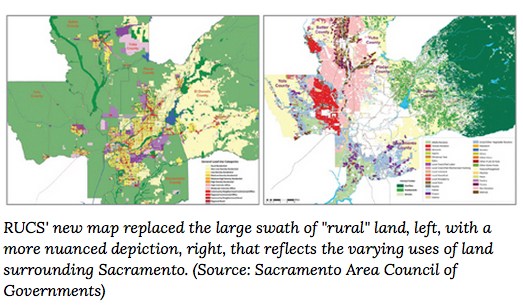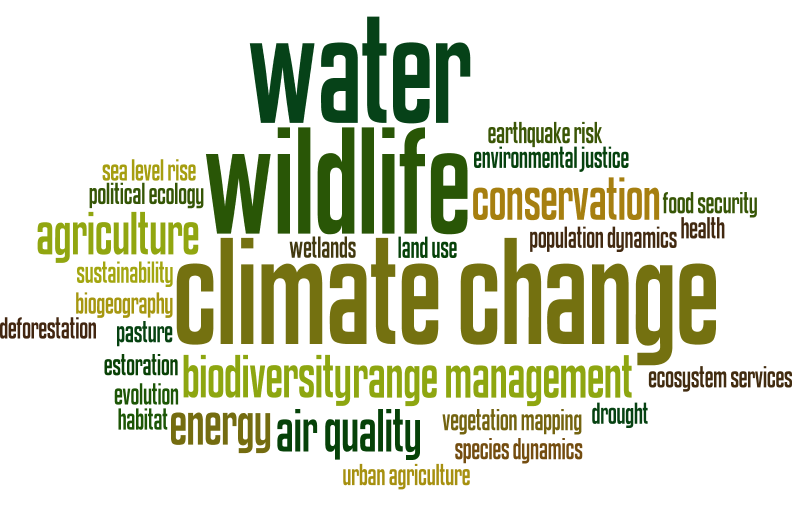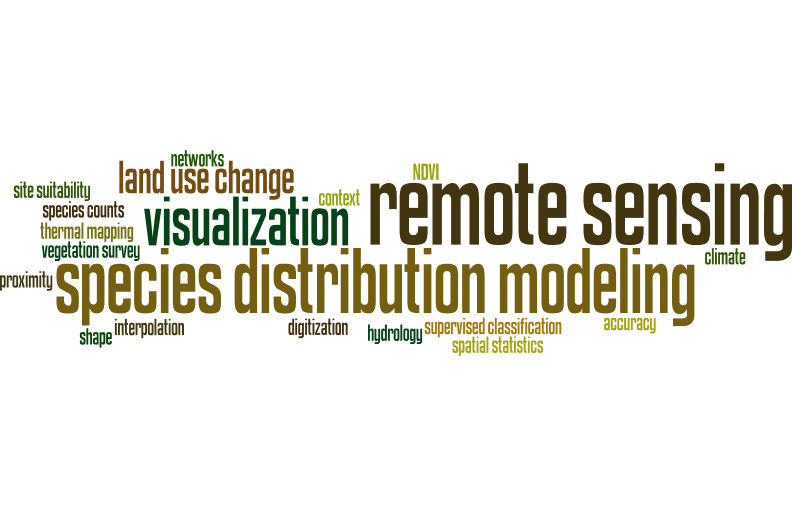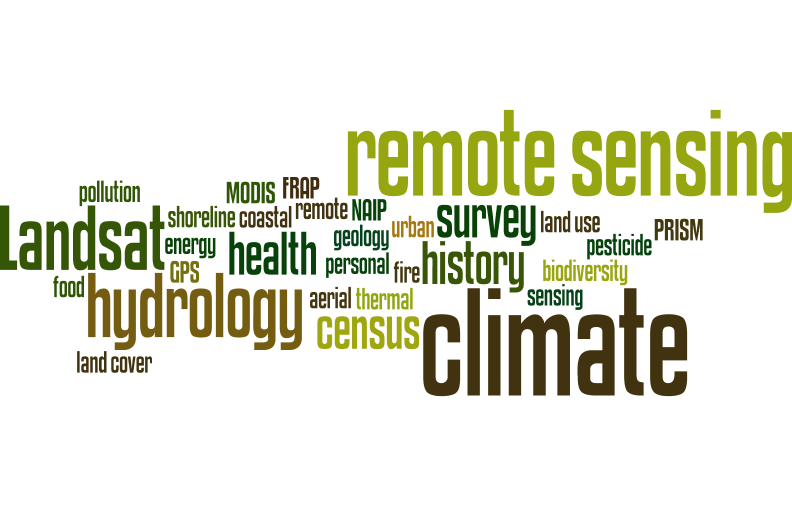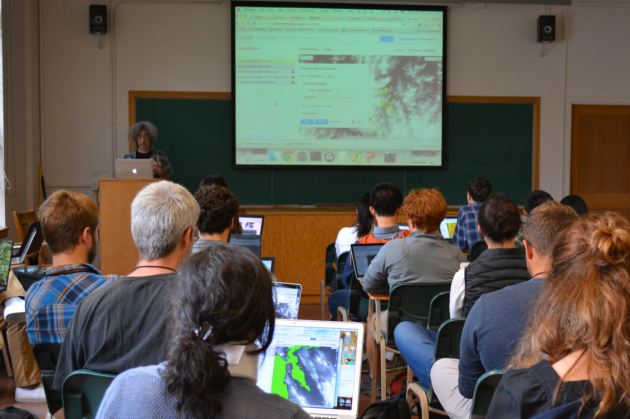MODIS and R: a dream partnership
/Found by Natalie:
Tuck, Sean L., Helen RP Phillips, Rogier E. Hintzen, Jörn PW Scharlemann, Andy Purvis, and Lawrence N. Hudson. "MODISTools–downloading and processing MODIS remotely sensed data in R." Ecology and evolution 4, no. 24 (2014): 4658-4668. And it is Open Access!
Abstract
Remotely sensed data – available at medium to high resolution across global spatial and temporal scales – are a valuable resource for ecologists. In particu- lar, products from NASA’s MODerate-resolution Imaging Spectroradiometer (MODIS), providing twice-daily global coverage, have been widely used for eco- logical applications. We present MODISTools, an R package designed to improve the accessing, downloading, and processing of remotely sensed MODIS data. MODISTools automates the process of data downloading and processing from any number of locations, time periods, and MODIS products. This auto- mation reduces the risk of human error, and the researcher effort required compared to manual per-location downloads. The package will be particularly useful for ecological studies that include multiple sites, such as meta-analyses, observation networks, and globally distributed experiments. We give examples of the simple, reproducible workflow that MODISTools provides and of the checks that are carried out in the process. The end product is in a format that is amenable to statistical modeling. We analyzed the relationship between spe- cies richness across multiple higher taxa observed at 526 sites in temperate for- ests and vegetation indices, measures of aboveground net primary productivity. We downloaded MODIS derived vegetation index time series for each location where the species richness had been sampled, and summarized the data into three measures: maximum time-series value, temporal mean, and temporal vari- ability. On average, species richness covaried positively with our vegetation index measures. Different higher taxa show different positive relationships with vegetation indices. Models had high R2 values, suggesting higher taxon identity and a gradient of vegetation index together explain most of the variation in species richness in our data. MODISTools can be used on Windows, Mac, and Linux platforms, and is available from CRAN and GitHub (https://github.com/ seantuck12/MODISTools).
